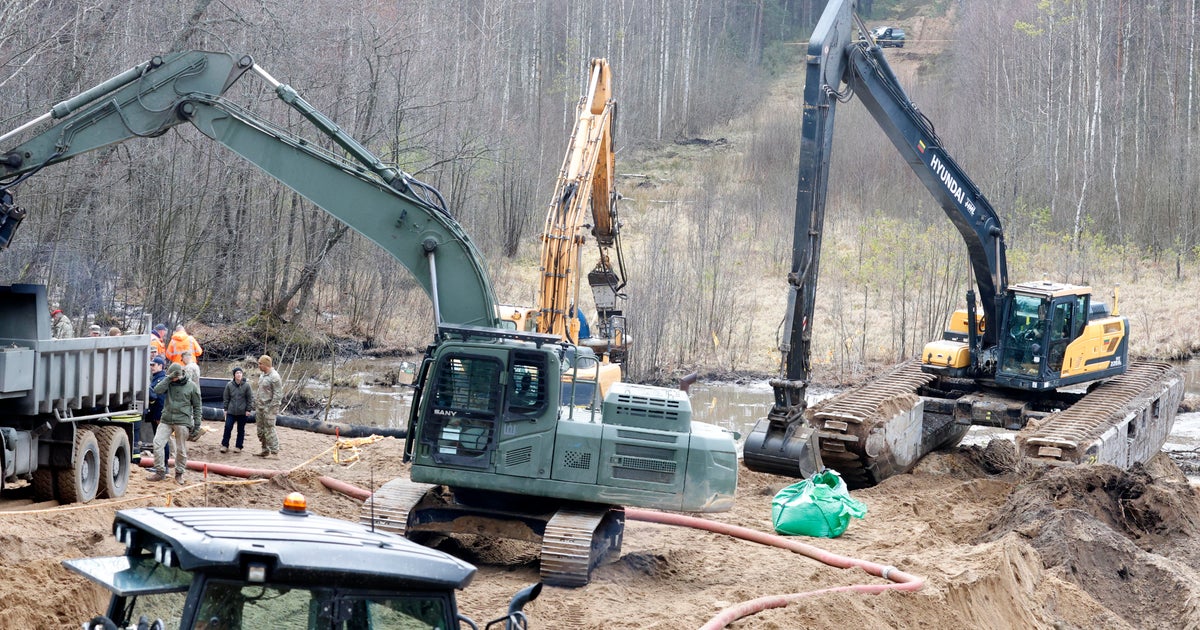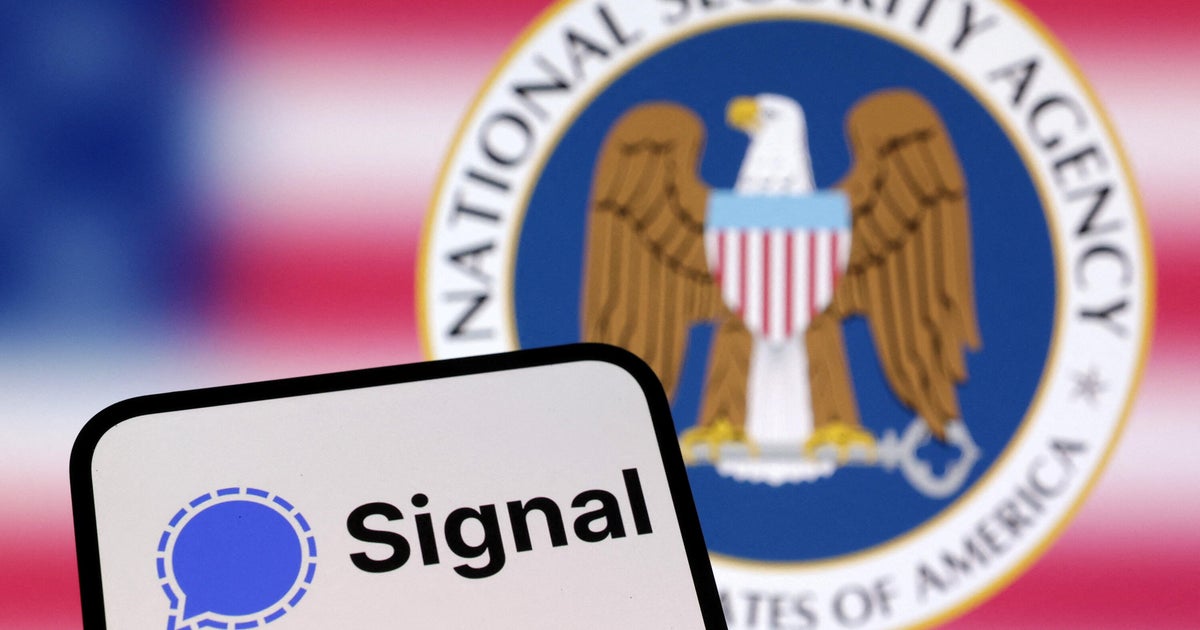Drug traffickers groom children as young as 10 at "school of assassins" in Ecuador
When Luis Sarmiento and his grandson went out early to buy bread one morning in March, they came across a shocking scene: A macabre message left by Ecuador's drug traffickers in the form of two headless bodies.
"I covered my grandson's eyes, went upstairs, and I don't know anything else," recalled Sarmiento, a 78-year-old former laborer who has lived in the Duran municipality -- near Guayaquil, Ecuador's largest city -- for 16 years.
Drug traffickers have long targeted this hilly area to groom young recruits at their "school of assassins," a retired police chief told AFP under condition of anonymity.
The cartels recruit children as young as 10 to sell drugs.
"First they sell, then they give them a weapon and convert them into killers," said police colonel Jorge Hadathy.
At a hideout used by the Los Lagartos gang -- one of Duran's cartels -- police found a collection of cuddly stuffed crocodiles.
They believe gangs use toys to attract children, particularly ones that allude to the criminal group -- Los Lagartos means "the lizards" in Spanish.
The majority of the 230 people arrested in Duran between January and April of this year were aged 17 or 18, said Hadathy.
The group, he said, was responsible for "four or five deaths."
The Cerro Las Cabras hill where Sarmiento lives has a reputation for violence in Duran.
In February, two dead bodies that had been shot were found hanging from a pedestrian bridge.
And another five mutilated bodies appeared between October and when the two decapitated ones showed up in March.
The killings are believed to be linked to cruel score-settling in the style of Mexican mafias.
The murders are part of battles between rival micro-trafficking gangs, who move around $1.8 million a month in Duran alone, according to official figures.
"The gangs are playing cat and mouse with us"
About 30 police officers search vehicles for drugs and weapons along the sloping side of the Cerro Las Cabras hill.
Inside the community, when police on horseback seize a man in a cap, residents follow events out of the corner of their eyes, but don't leave their homes or talk openly about what they have seen.
The traditional mafia code of silence reigns.
In their most recent incursion into the community, the police received support from the military for their operation.
Three of Ecuador's provinces, including Guayas, where Duran is located, are under a state of emergency as the government looks to tackle gangs.
"The gangs are playing cat and mouse with us," said Sergeant Washington Reyes.
The cartels employ the use "bell-ringers" -- children who use radios the size of a lighter to alert the mafiosos to police movements.
The whole place is "a drug supermarket," says Hadathy.
"Families live off sales or receive money from the mafias, and the rest keep quiet out of fear."
Teenagers are easy prey for drug traffickers, said Duran community leader Alexandra Saavedra.
"If they don't have places to play sports and live in a depressed place, of course they will join a gang," she said.
"Sometimes a wolf is not bad out of desire, but because it has no options."
Bloody prison riots
Leaders like Junior Roldan and Ben 10, from the feared Los Choneros gang and its armed wing the Chone Killers, came from Cerro Las Cabras where they started out as hitmen, according to authorities.
Their gang has been implicated in the bloody prison riots that have shocked Ecuador in recent months.
Since February 2021, around 400 inmates have been killed in savage massacres between rival gangs battling for control of the facilities -- including 116 in one prison alone.
Violence rages outside, too.
Since January, 363 people have died in crimes linked to drugs in Duran and neighboring Samborondon and Guayaquil.
The latter is the country's main port and principle jumping off point for dozens of tons of cocaine shipped to Europe and the United States.
In Samborondon and Guayaquil alone, 43.5 tons of drugs have been seized this year.
Last month, Ecuador declared a state of emergency because of rising crime, BBC News reported.
Ecuador, which borders the world's two largest producers of cocaine, Colombia and Peru, was for years spared the drug trafficking-related violence of other Latin American countries.
But the country has become a logistics center for the drug market and a battleground between rival cartels.
Many compare Ecuador's struggles with the terror wrought by Colombian drug cartels and their hitmen decades ago.
Both countries have seen prominent cartel leaders extradited to the United States this year.
Earlier this month, Colombia extradited the alleged head of the feared Gulf Clan, Dairo Antonio Úsuga David, to the U.S. where he faces indictments in three federal courts. And in February, alleged Sinaloa Cartel drug trafficker Brayan Alberto Rodriguez Alcala was extradited to the U.S. from Ecuador.
"Those who export dangerous narcotics to the United States and seek to evade justice will find no place to hide," said U.S. Attorney Randy S. Grossman. "The Department of Justice appreciates the cooperation of the Ecuadorian authorities in this matter. By working with our law enforcement partners at home and around the world, we will continue to work to dismantle dangerous drug cartels."




